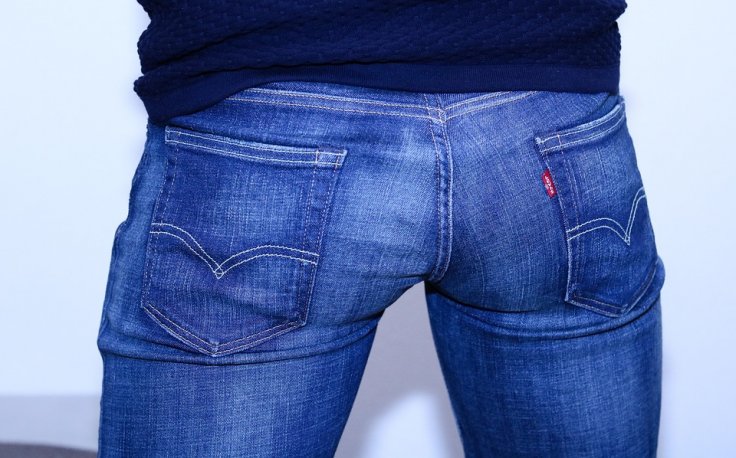
Human beings are considered the most advanced species on earth, and there are several factors that play their crucial role in affirming our dominance, which includes larger brains and the ability to use language. However, one anthropologist believes the evolution of butts is another factor that makes humans special.
Butts Help Humans to Walk on Two Legs
Darcy Shapiro, an evolutionary anthropologist at Rutgers University believes reveals that human's upright biped nature has huge impacts on determining the species' dominance in the world. According to Shapiro, the evolution of butts has direct impact on increasing the effectiveness of humans' locomotion. Interestingly, closest human relatives that include chimpanzees, gorillas, and bonobos do not have proportionally as big butts as humans do.
Shapiro revealed that the shape of the pelvis is determining the shape of human butts, and that set of bones have undergone drastic evolutionary changes over the past six million years. The anthropologist suggested that the reorganization of gluteal muscles helped humans to walk upright.
"The three gluteal muscles are gluteus maximus, gluteus medius, and gluteus minimus. Our gluteus maximus is very large compared to that of other primates. It extends the thigh and moves it backwards, and gives us power when we run or climb stairs. And it's what gives our behind most of its shape," wrote Shapiro in Massivesci.
Fat in Butts
According to Shapiro, another unique characteristic of the human butt is fat, which is also contributing to the bipedal nature. It should be noted that humans have a larger brain when compared to other animals, and as a result, it uses a lot of energy. In the human body, energy is stored in the form of fat, and it is plenty in butts.
Shapiro also pointed out a disadvantage associated with human butts, and it is nothing but messier pooping when compared to other animals.
"Picture a quadruped, like a chimp — its trunk and legs meet up and form an angle, with the butt at the corner and its anus pointing more outward. And that opening isn't trapped between large buttcheeks. For us, there's no angle — it's just a straight line. By standing up, we've rotated the anus to point more downward, then added additional padding around it," explained Shapiro.









